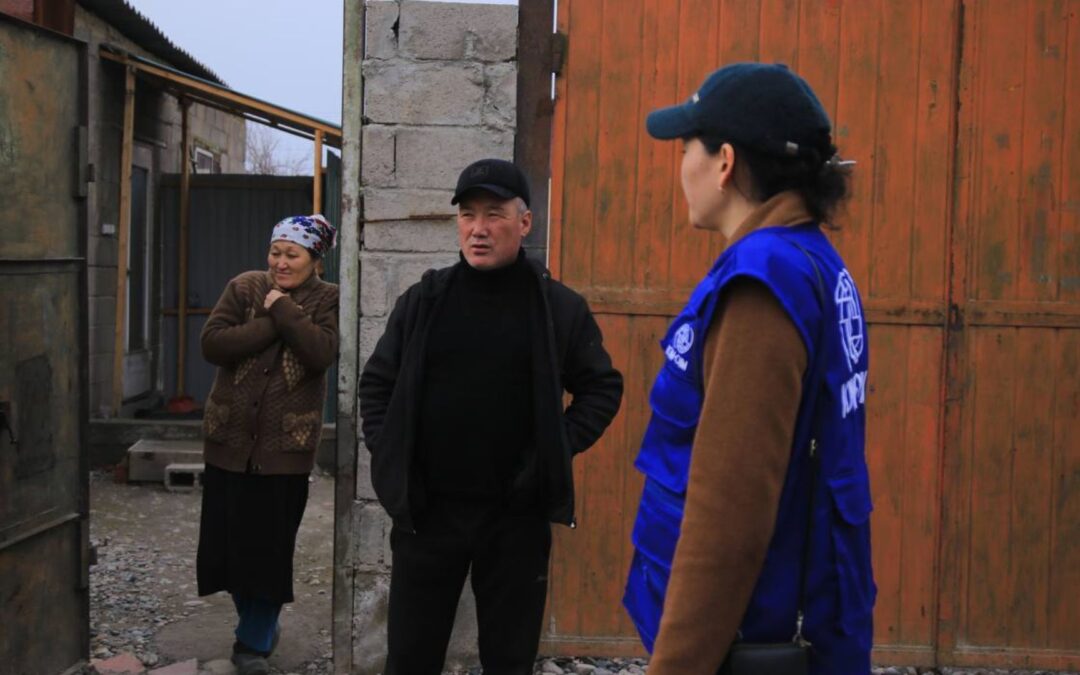Air pollution in residential neighbourhoods on the outskirts of Bishkek, the capital city of Kyrgyzstan, is a public health emergency. Due to economic uncertainty, many households in these neighbourhoods rely on burning coal for indoor heat during the heating season (October to March). As a result, PM2.5 concentration in the air from mid-autumn to early spring can rise more than three times the norm. Since the early 1990s, many internal migrants from various regions of the country have been moving to Bishkek in search of better living conditions. As living in the city is not affordable for them, many of these internal migrants built their houses on the outskirts, where they are still inadequately connected to the city’s public infrastructure.
This scoping study assesses the factors influencing air quality in the view of residents, including internal migrants living in the residential neighbourhoods, during the heating season and throughout the year, and the impacts of these factors on their health. The study looks at the 25 most polluted residential neighbourhoods with the largest number of migrants and the least access to infrastructure, public facilities and services. A mixed-methods approach is adopted and comprises an air quality map for the three heating seasons from 2019 to 2022, a household survey (n=615 participants, 30.9% women and 69.1% men), key informant interviews (n=50 participants) and focus group discussions (n=250 participants, 50% women and 50% men).
One of the study’s limitations is that a part of the field phase coincided with the country’s fourth wave of COVID-19, with some health indicators most likely having been influenced by the pandemic. Furthermore, there are no complete official statistical data on disease prevalence among internal migrants living in the studied residential neighbourhoods.
To effectively address the problem of air pollution, the Bishkek City Mayor’s Office and the Government of Kyrgyzstan are urged to develop a comprehensive plan of action that considers the communities of internal migrants living in residential neighbourhoods, civil society organizations, and small and medium sewing and bathhouse businesses located in these neighbourhoods. This report includes specific recommendations in relation to this issue.




